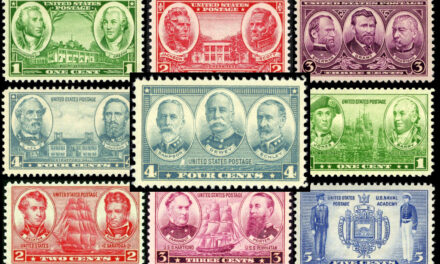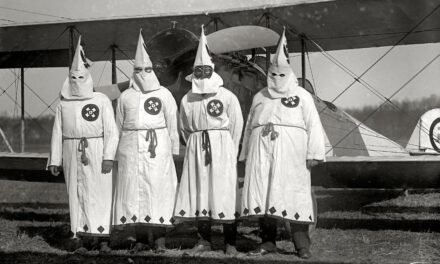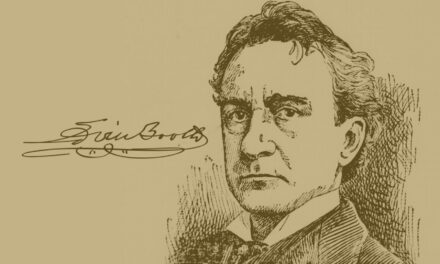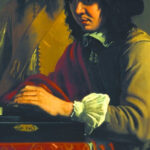
4-Cent 1937 Army Stamp: Robert E. Lee, Thomas ‘Stonewall’ Jackson, and Stratford Hall
The gray 4-cent Army stamp features portraits of Confederate Generals Robert E. Lee and Thomas “Stonewall” Jackson, with a view of Stratford Hall, Lee’s ancestral home. This stamp represents one of the few instances in which military leaders who bore arms against the United States have been featured on a U.S. postage stamp.
The 4-cent stamp is the fourth in a series of five stamps that were issued between December 1936 and May 1937 to commemorate some of the most significant 18th- and 19th-century Army officers in American history. A parallel series of Navy commemoratives, including the 4-cent Navy stamp featuring Admirals William T. Sampson, George Dewey, and Winfield Scott Schley, was issued on the same dates as the Army stamps.
The Design and Issuance of the 4-Cent 1937 Army Stamp
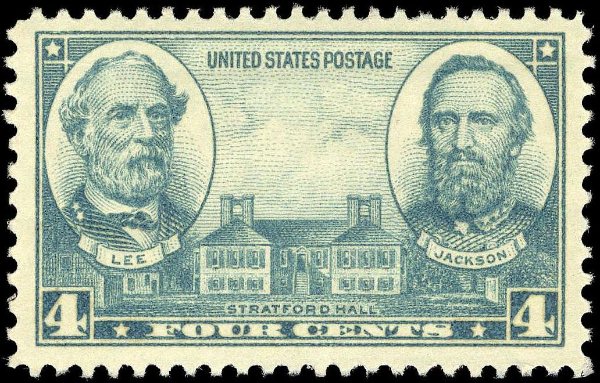
The 4-cent 1937 Army stamp features Confederate Generals Robert E. Lee and Thomas 'Stonewall' Jackson and a view of Stratford Hall. (U.S. Post Office — U.S. Bureau of Engraving and Printing, Public domain, via Wikimedia Commons)
The Other Stamps in the 1936–1937 Army Series
Confederate General Robert E. Lee (1807–1870)
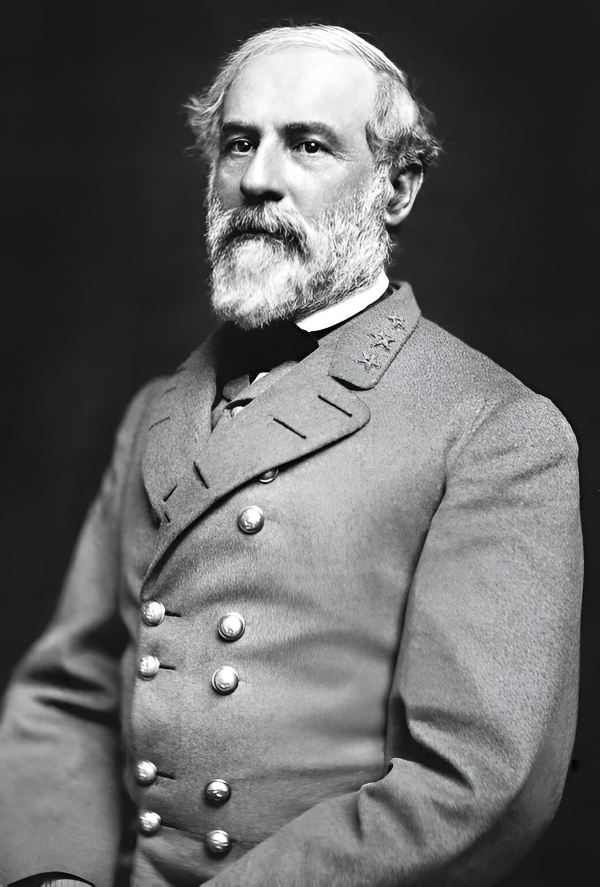
Portrait of Robert E. Lee, March 1864. (Julian Vannerson, Public domain, via Wikimedia Commons)
The son of Revolutionary War officer Henry “Lighthorse Harry” Lee III, Robert E. Lee graduated second in his class from the United States Military Academy at West Point in 1829. Lee was commissioned in the Army Corps of Engineers and worked on many engineering projects throughout the country, ultimately being promoted to captain.
In the Mexican-American War (1846–1848), Lee was assigned as a chief aide to General Winfield Scott, distinguishing himself in reconnaissance as well as in battle. From 1852–1855, Lee served as superintendent of the Military Academy at West Point. In 1855, he was promoted to second in command of a cavalry regiment in Texas.
After Texas seceded from the Union in early 1861, Lee returned to Washington, where newly elected President Lincoln promoted him to colonel. Although he did not favor the dissolution of the Union, Lee resigned from the U.S. Army in April 1861 and took command of the Virginia forces.
Lee was soon appointed a general in the Confederate States Army. In 1862 he took command of the Army of Northern Virginia. He drove the Union Army north, and his victory at the Second Battle of Bull Run brought the war to within a few miles of Washington, D.C. Lee won a substantial victory at Chancellorsville, Virginia, in May 1863. He invaded the north, but his army suffered huge losses in the Battle of Gettysburg, Pennsylvania, from which the South never recovered. Lee finally surrendered to General Ulysses S. Grant in April 1865.
After the war, Lee served as president of Washington College (now Washington and Lee University) and worked for the reconciliation of the North and the South. In 1865, he applied for amnesty and a pardon under a proclamation issued by President Andrew Johnson, but his amnesty oath was lost, and he did not receive a pardon. In 1975, after more than a century, Lee’s U.S. citizenship was posthumously restored by a joint resolution of Congress.
Confederate General Thomas "Stonewall" Jackson (1824–1863)

Portrait of Thomas "Stonewall" Jackson, April 26, 1863, a week before he was mortally wounded at the Battle of Chancellorsville. (Photographer unknown, Public domain, via Wikimedia Commons)
Orphaned at a young age and largely self-taught, Jackson was nonetheless accepted to the United States Military Academy and graduated in 1846.
He served with the artillery in the Mexican-American War, during which he earned more promotions than any other officer, rising to the brevet rank of major. In 1851, Jackson began teaching at the Virginia Military Institute, where he remained until joining the Confederate Army as a colonel.
Jackson’s first command was at Harper’s Ferry, where he became known for the great discipline that he instilled in his Virginia infantry regiments. He received his famous nickname “Stonewall” at the First Battle of Bull Run, where he stopped a heavy assault by the Union forces.
Jackson won successive victories in the Valley Campaign in 1862 and built his reputation as a master tactician. He was less successful in the ill-fated Seven Days Battles under General Lee, but scored significant victories in the Northern Virginia Campaign, including the Battle of Fredericksburg.
In May 1863, Jackson’s army routed the Union forces with brilliant tactical maneuvers at the Battle of Chancellorsville, but Jackson was mistakenly shot afterward by a Confederate sentry, and he died of pneumonia a few days later. Jackson was greatly admired throughout the Confederacy, and his death was a strong blow to Southern morale.
Stratford Hall: Robert E. Lee's Birthplace

View of Stratford Hall Plantation main house from the East Garden. (I, MamaGeek, CC BY-SA 3.0, via Wikimedia Commons)
The 4-cent 1937 Army stamp also features an engraving of Robert E. Lee’s birthplace, Stratford Hall, a plantation located on the bank of the Potomac River on the Northern Neck peninsula of Virginia.
Thomas Lee, a founder of the Ohio Company and acting Governor of Virginia, purchased the land for the Stratford Hall plantation in 1717. Beginning in 1730, he built the brick Georgian Great House and built a wharf and gristmill at Stratford Landing on the river. Thomas Lee and his wife Hannah had eight children, most of whom achieved prominence. They included two signers of the Declaration of Independence, one of the first judges of Virginia’s Supreme Court, two diplomats during the Revolutionary War, and an early proponent of women’s rights.
Ownership of Stratford Hall passed to Thomas Lee’s son Philip and then to his daughter, known as “the divine Matilda.” She married her cousin, Henry “Light Horse Harry” Lee III, and left him a life estate in the property when she died after only eight years of marriage. Robert E. Lee was born at Stratford Hall to Henry and his second wife, but the family moved from Stratford when Robert was four years old, due to financial difficulties.
In 1929, a group of women formed the Robert E. Lee Memorial Foundation (now “Association”) to purchase and restore the property. Dedicated in 1935, Stratford Hall was designated as a National Historic Landmark in 1960 and is open to the public.
A Gateway to American History
The 4-cent 1937 Army stamp featuring Generals Robert E. Lee and Thomas “Stonewall” Jackson represents a rare situation in which leaders of the rebellious Confederate States of America have been recognized on an official U.S. postage stamp (although Robert E. Lee has been featured on several other stamps too).
This stamp can provide a jumping-off point for learning about the Confederacy and the Civil War, especially if it is paired with the 3-cent Army stamp featuring Union generals Sherman, Grant, and Sheridan.
There are so many stories to tell about the Civil War and other events in American history. Commemorative postage stamps like this one are a good place to look for them.
Copyright © Brian Lokker 2011, 2024. An earlier version of this article was published on HubPages.com in 2011 and was subsequently featured on HobbyLark.com.





